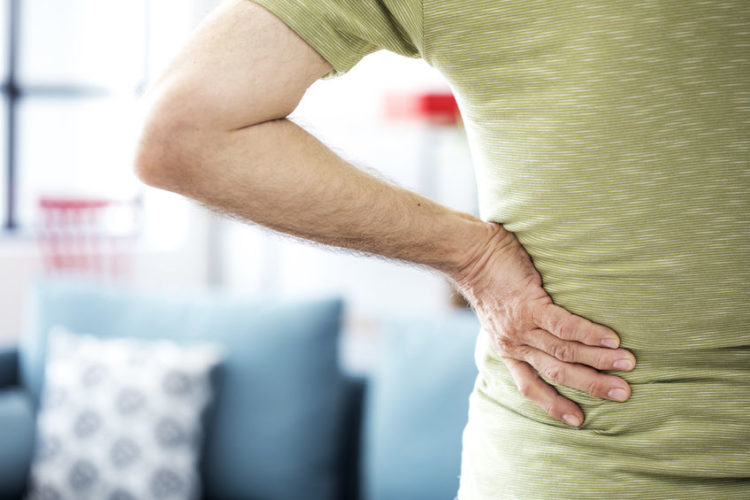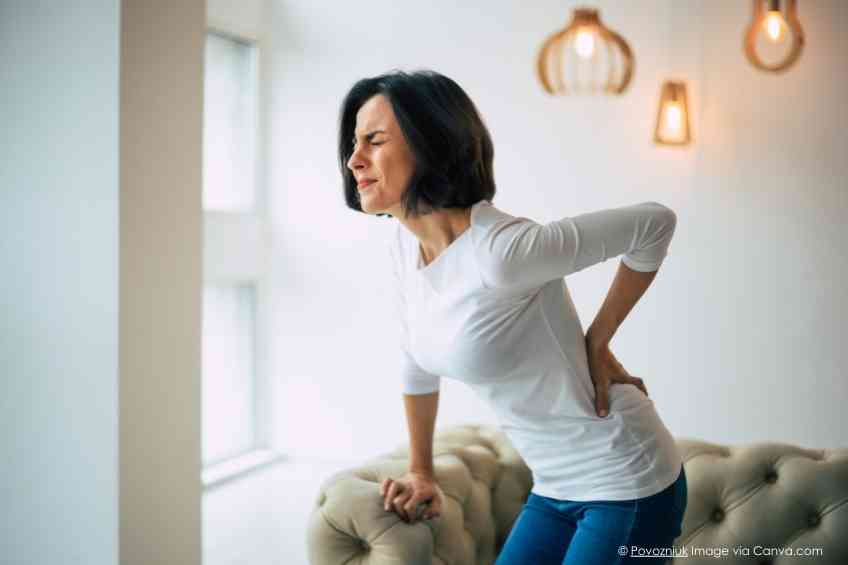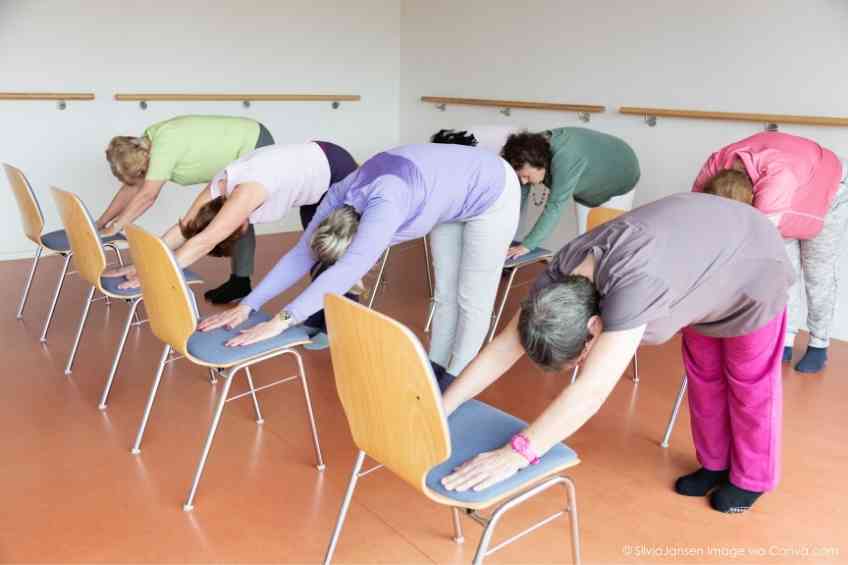By John Salak –
At the very best of times we all tend to sit way too much. And, well, these days may be the worst of times given that virtually everyone is in some form of lockdown. There are lots of reasons why sitting too much is bad for your health—one of the biggest is that it can lead to severe back pain. And an aching back is no trivial matter. Almost 80 percent of Americans will experience significant back pain during their lifetimes. It is also the most common reason for missing work and the third most common reason for visiting a doctor’s office.
Chronic lower back pain (CLBP), in particular, is the most prevalent ongoing pain disorder people face, according to Technische Universität Dresden. While the problem often stems from workplace issues, sitting too long, faulty posture and even lack of social support at home or work can contribute to the disease, the university reported.
There are lots of back pain treatments ranging from medication, including opioids, to surgery, therapy and self-care options. Avoiding surgery and the obvious concerns over any opioids-based treatments, however, has led an increasing number of people to seek out low-impact mind-body treatments like yoga, tai chi, and qigong. But do they work? Researchers from Florida Atlantic University think so.
Their aim was to establish empirical evidence on how yoga, tai chi, which combines gentle physical exercise and stretching with mindfulness, and qigong, a traditional Chinese meditative movement therapy focused on body awareness, impacted sufferers. Noting that back pain is a major health issue that also contributes to depression, anxiety, sleep issues and social isolation, the Florida Atlantic team examined more than 600 peer-reviewed articles to pull sufficient data on the treatment of lower back pain and its related psychological distress.
The results revealed that longer duration and high-dose yoga intervention provided back pain relief while tai chi was particularly effective in treating acute lower back pain in males in their 20s. Tai chi also was more effective than stretching for lower back pain in young males. Qigong showed potential in providing relief, though the amount of empirical data on the practice was limited.
“Yoga, tai chi and qigong could be used as effective treatment alternatives to pain medications, surgery, or injection-based treatments such as nerve blocks, which are associated with high incidence of adverse effects in treating lower back pain,” reported Juyoung Park, Ph.D., the report’s corresponding author. Park added that more clinical trials are needed to fully assess the impact of these treatments.
The Boston Medical Center also endorsed yoga as a potential alternative treatment for lower back pain and sleep issues.
The center’s recent research presented in the Journal of General Internal Medicine found those suffering from back pain and sleep issues showed significant improvements in both areas for a least a year after 12 weeks of yoga classes. The research also noted that 1-on-1 physical therapy sessions also had a long-term positive effect on sufferers.
The research focused on a controlled trial of 320 adults suffering from CLBP and related sleep issues. Participants were assigned one of three different holistic therapies—physical therapy, weekly yoga or reading educational materials. The center’s findings can have-reaching implications for patients.
“The high prevalence of sleep problems in adults with chronic low back pain can have detrimental effects on a person’s overall health and well-being,” noted Eric Roseen, a researcher at the center and an assistant professor at Boston University School of Medicine. “This really emphasizes the need for providers to ask patients with chronic low back pain about the quality of their sleep. Given the serious risks of combining pain and sleep medications, nonpharmacologic approaches should be considered for these patients.”
Holistic or alternative treatments like yoga or tai chi, admittedly, may not solve every chronic back issue. Medication and or surgery may be required in some circumstances. Researchers, nonetheless, noted that these alternatives are worth examining with medical professionals before embracing more invasive and potentially risky options.












